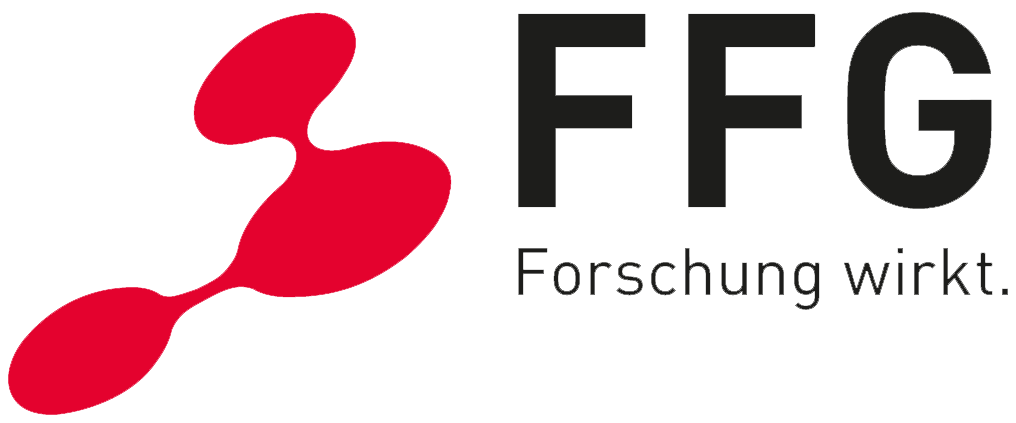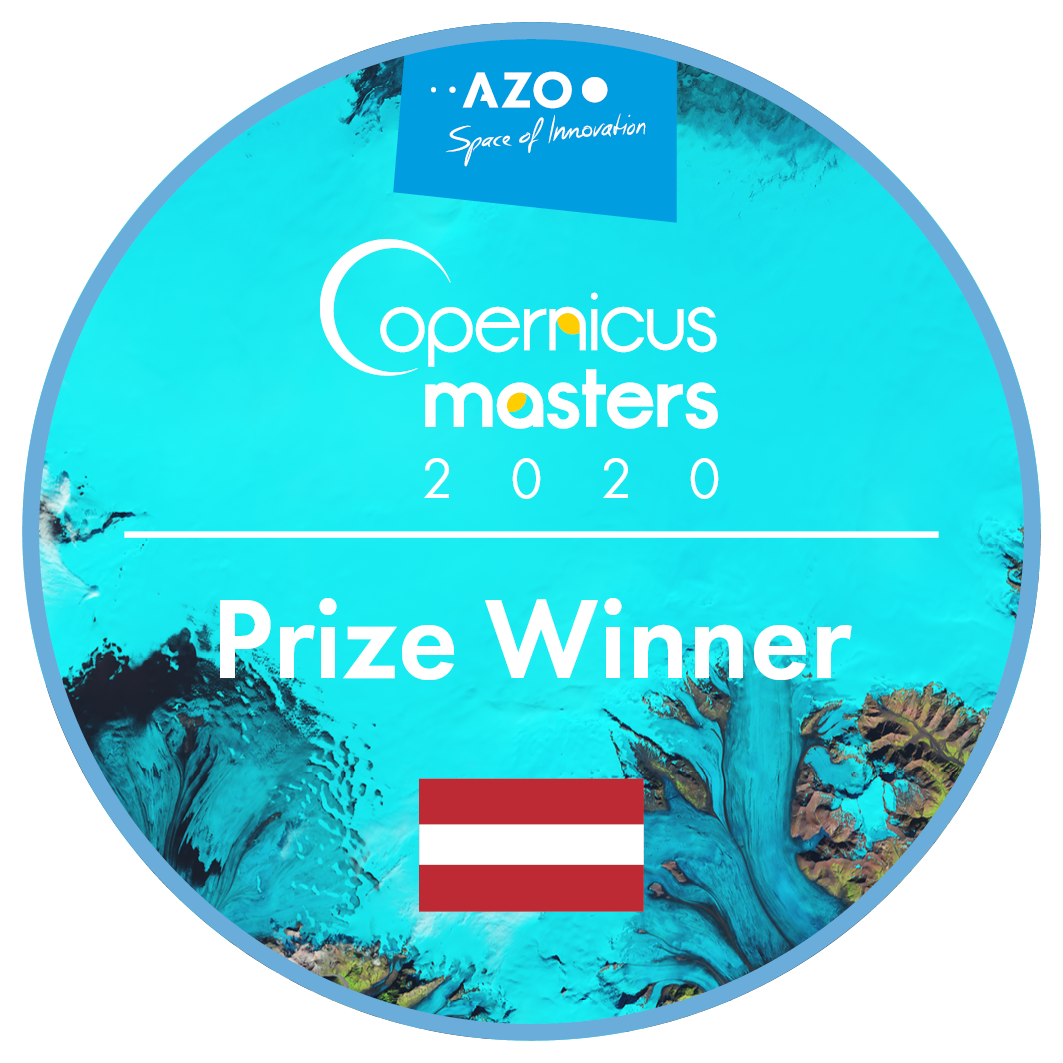
GTIME
Copernicus Temporal Spectrum for ESA’s GTIF initiative
Multitemporal vegetation change dynamics across all Sentinel-2 observations
Introduction
Big EO data, such as provided by the European Copernicus program, are a great opportunity for highly frequent global monitoring of the environment. Challenges exist not only in processing big multitemporal data [1] but also in communicating results in a meaningful and useful manner, especially for non-Earth Observation (EO) experts.
ESA’s Green Transition Information Factory (GTIF) initiative, especially the first GTIF demonstrator for Austria (GTIF-AT, https://gtif.esa.int ) showcases domains and tools that support the green transition. Within the current GTIF-AT implementation many important topics for supporting and monitoring the green transition will be made available to different users in an easy to grasp manner. However, the information currently provided is mostly temporally static and focuses on very specific domains, datasets and analysis periods.
Copernicus Temporal Spectrum for GTIF-AT
We suggest a productively usable and interpretable vegetation change detection and change monitoring view that is applicable to different application areas to supplement other static GTIF-AT layers with temporal enrichment. Our project [2] integrates all Sentinel-2 observations since 2015 in an integrated and meaningful, interpretable form and a multitemporal view on the vegetation changes in Austria with the potential for global application (fully automated and transferable. Such a change detection layer adds the temporal component to augment existing or future layers for user interpretation. This can integrate with GTIF-AT domains, offering applications like soil sealing identification and renewable energy construction monitoring. A combination with any applied thematic field would be possible by this generic multi-temporal approach to identify surface/vegetation changes.
Methods
Our approach uses big EO data analyses in a semantic EO data cube [3],[4]. A semantic EO data cube uses semantic enrichment to count the pixel-based percentage of vegetation vs. non-vegetation observations filtered for cloud/snow over time using all Sentinel-2 images in a user defined analysis period (e.g. years or seasons). Different to index-based approaches using only NDVI, no thresholds need to be defined since the semantic classes (here: spectral categories) also reflect cloud-like / bare-soil-like / vegetation- and water-like categories automatically. Such a knowledge-based semantic enrichment approach requires no training samples, and less energy compared to other machine learning/deep learning approaches. Further, the transferability of the approach to all Sentinel-2 data worldwide has been proven (operationalized within an ESA InCubed project – see also https://app.color33.io).
We communicate results using a single-layer multi-temporal representation, where RGB colour coding represents the percentage of detected vegetation in all cloud/snow free Sentinel-2 observations for selected time periods and changes. This visualisation through colour-codes transfers terabytes of multi-temporal information into a single, comprehensive layer. While this approach is backed by established geovisualisation techniques, we extend it to unveil temporal processes and dynamics hidden in big EO data. The resulting layer can be used in a very simple way: It serves as an interpretable basemap that is integrated in the GTIF-AT platform as a background layer or used as a user defined layer for specific time periods.
Conclusion
The single-layer representation is an approach to communicate multi-temporal analyses to a variety of users. Our approach clearly indicates where and when changes happened and provides information on change intensities with temporal aspects to specific topics. This is different from static base maps currently used in GIS-based decision support systems, where usually mono-temporal information serve as background layers (e.g. static maps or aerial/satellite image mosaics with unclear acquisition dates). This cross-domain layer can serve multiple purposes at the same time. The application areas include but are not limited to monitoring green spaces, energy related land use changes, forest change, environmental and soil protection, and nature conservation.
Acknowledgements

The research has received funding from the Austrian Research Promotion Agency (FFG) under the Austrian Space Application Programme (ASAP) within the project INTERFACE (contract no: FO999892652) and under the Digital Twin Austria Programme within the project GTIME (contract no: FO999918383).
References
[1] Sudmanns, M., Tiede, D., Lang, S., Bergstedt, H., Trost, G., Augustin, H., Baraldi, A., Blaschke, T., 2020. Big Earth data: disruptive changes in Earth observation data management and analysis? International Journal of Digital Earth 13, 832–850. https://doi.org/10.1080/17538947.2019.1585976
[2] FFG, ‘GTIME: GTIF-AT – Copernicus Temporal Spectrum: Multitemporal Vegetation Change Dynamics across all Sentinel-2 observations.’ Accessed: Nov. 24, 2024. [Online]. Available: https://projekte.ffg.at/projekt/5129575
[3] Augustin, H., Sudmanns, M., Tiede, D., Lang, S., Baraldi, A., 2019. Semantic Earth Observation Data Cubes. Data 4, 102. https://doi.org/10.3390/data4030102
[4] Sudmanns, M., Augustin, H., van der Meer, L., Baraldi, A., Tiede, D., 2021. The Austrian Semantic EO Data Cube Infrastructure. Remote Sensing 13, 4807. https://doi.org/10.3390/rs13234807


Check out the app here: https://app.color33.io/



